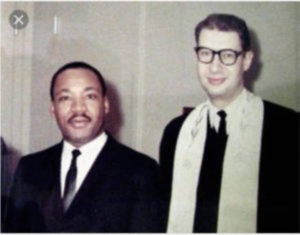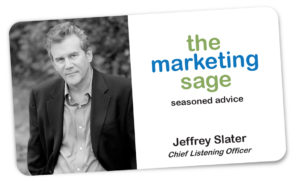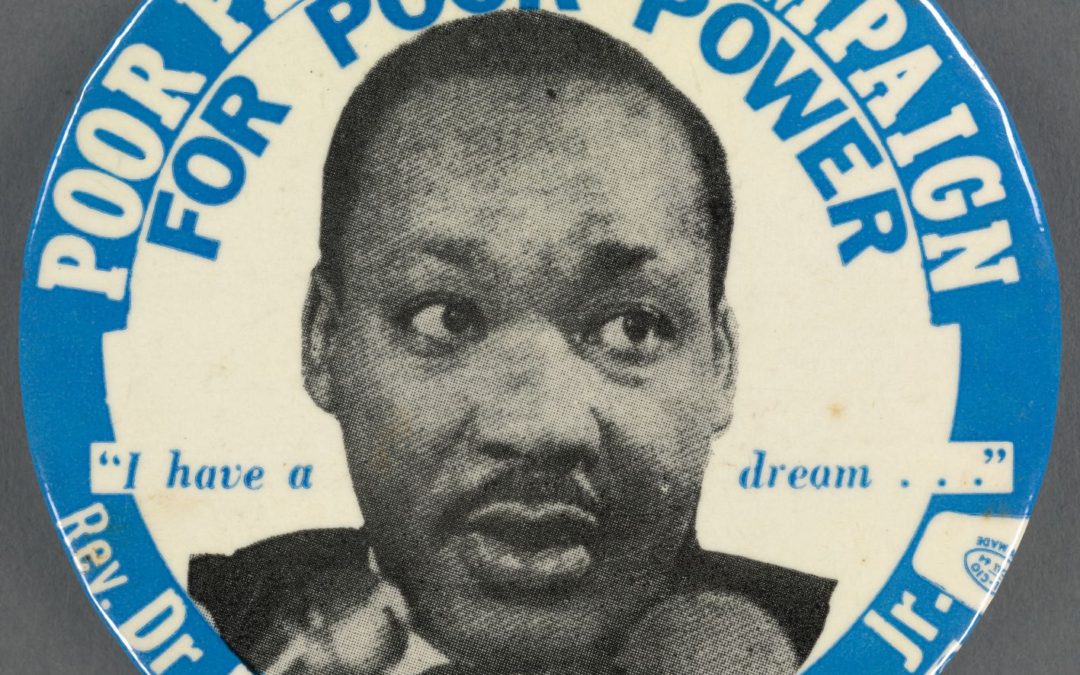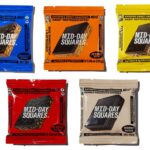On January 18, 1963, I was nine years old and Dr. Martin Luther King Jr. spoke at my synagogue Temple Sha’arey Shalom in Springfield, New Jersey. He and our Rabbi Dressner were close friends. Although I have vague memories of that evening, I was connected to a movement. 
The Civil Rights movement led by Dr. Martin Luther King Jr. is the best example I have witnessed in my lifetime of how a movement is built from the ground up bonding large masses of people together through non-violent marches and a common vision of a better world.
Marketing professionals learn from knowing history, observing cultural phenomena, and witnessing important political events. Therefore, being a student of political movements like the fight for civil rights can help new causes from climate change, gender rights, and other causes to learn powerful motivating lessons.
Today, political action brands like the Yang Gang or Moms Demand Action are wonderful examples of how a brand can be positioned as a movement. Andrew Yang’s team, with limited resources needed to make his followers part of something larger than a political. They could have picked a slogan and branding like Andrew 2020 – instead, they picked The Yang Gang. Because they thoughtfully branded their campaign, they helped inspire their movement.
Brands that inspire movements and create a shared purpose can inspire action above and beyond the transactional nature of most marketing efforts. Nike leads the way with Kaepernick providing a platform for gun violence against the black community by the police. When power is distributed through the masses to act (to buy/to protest), change happens and movements grow.
Moreover, Star Trek or Star Wars are apt examples of brands that establish these connections. Harley Davidson is legendary for creating this type of brand movement too.
When your brand is leading the way, it is presenting a view of a better tomorrow. It describes how you’ like the world to be, and how individuals that align can march together to create this new world. Above all, a vision becomes the guidepost or north star showing brand/movement followers where they are heading to achieve a better tomorrow.
How Brand Community Create Movements
In the journal of marketing, this scholarly paper outlines how brands co-create to establish a movement. If you are working on this type of activity, I’d strongly advise you to read through this for some keen insights into how marketing has evolved and where co-creation of brands is heading.
However, one of the more interesting ideas on the brand community comes from two professors: Munoz and O’Guinn. They talk about three core activities required:
- Shared Consciousness: This is how you connect your members and to the brand. (shared vision)
- Rituals and Traditions: This is the specialized language, “handshakes,” rituals and activities that bind the group together and help you acknowledge a member. (think how religions act)
- Moral Responsibility: How you lead the members of a group to higher ground. In other words, how you build that community together. *
How to Start a Movement Through Co-Creation
- Begin with archetypes and understand how your brand fits into that construct.
- What are the true human needs that you are touching or connecting too?
- What is the vision you want to inspire – you are painting a picture of what this ideal state could be.
- Create a community – ways that connections can occur.
- Your marketing efforts must bring the opportunity for shared experiences.
- Repeat, continue, and persist.
Brands that create movements start with a vision of tomorrow and keep marching toward the future.
Does your business need a marketing coach, guide, or sherpa? Are you generating enough leads? Is your marketing underperforming? I can help.
You can set up a time to chat with me about your marketing challenges using my calendar. Our initial conversation is free. You talk, I listen. Email me jeffslater@themarketingsage.com or call me. 919 720 0995. Visit my website at www.themarketingsage.com Let’s explore working together today.

Photo by The New York Public Library on Unsplash
Photo from Wikipedia https://en.wikipedia.org/wiki/Israel_S._Dresner
*Albert M. Munoz, Jr. and Thomas C. O’Guinn, “Brand Community,” Journal of Consumer Research, 2001. ↩




